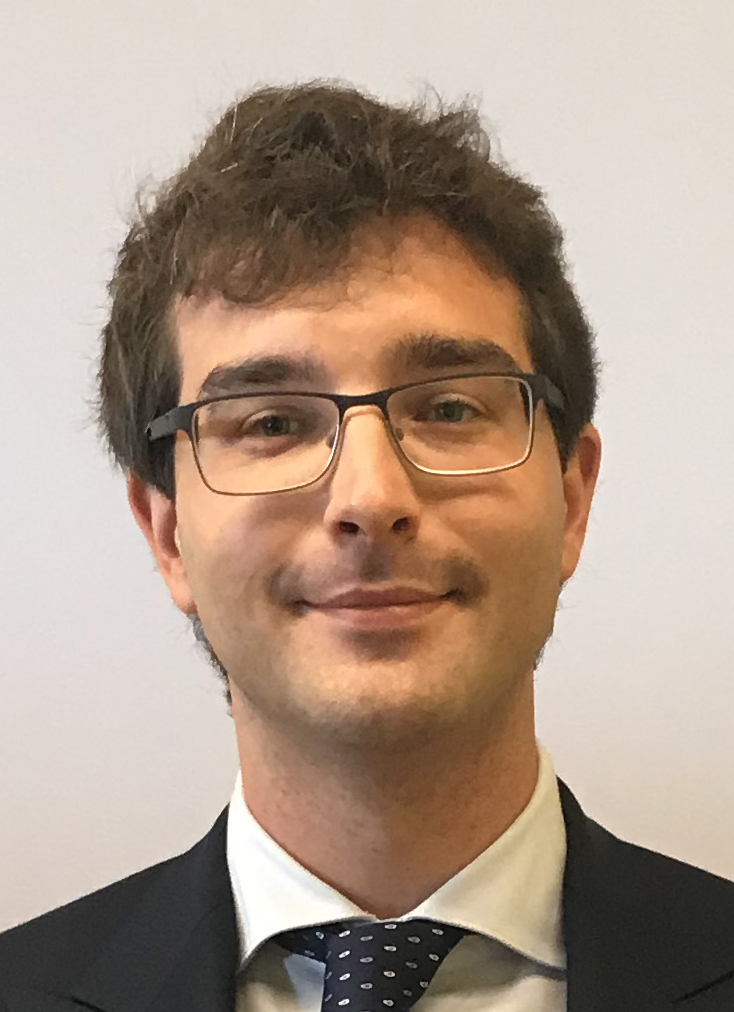Description
Use of a virtual kyphoplasty simulator in the training of residents enables the improvement and transfer of skills learnt in the operating theatre: case-control study
Introduction: Surgical training is crucial for orthopaedic residents. In the literature, virtual simulators have been confirmed as global learning tools for arthroscopy. Those who are trained with simulators have been shown to be more proficient than those who have undergone classical methods. The primary aim of our study is to evaluate the effectiveness of a virtual kyphoplasty simulator and its real effectiveness in transferring the skills learnt during training to the operating theatre.
Materials and methods: 6 residents were randomly divided into two groups. All were assessed using the GRS (Global Rating Scale) on the use of the virtual simulator with a kyphoplasty procedure after a theoretical lecture on the procedure. The first group trained on the virtual simulator for 2 weeks, for a total of 10 hours. All trainees then performed a kyphoplasty procedure in the operating room and were re-evaluated with GRS, number of x-rays, time of x-ray use, number of attempts, cement leakage. The results and effectiveness of the transfer of learned skills were assessed using the CTER cumulative transfer effectiveness ratio.
Results: All residents in group 1 proved to be faster and more efficient in performing the procedures (fewer x-rays, fewer attempts and less time in surgery). The use of video games and the dominant hand are not a parameters influencing the manual skill in the procedure. The GRS scale was significantly better in the OR in group 1 after training. The GRS of the same group was significantly better in the Operating Room than group 2.
Discussion: As the arthroscopy simulators allow rapid learning of the technique and transfer the learned skills to the operating room so does the virtual kyphoplasty simulator.
Conclusions: Surgical simulation should be a training tool in all teaching hospitals for the education of the residents.




